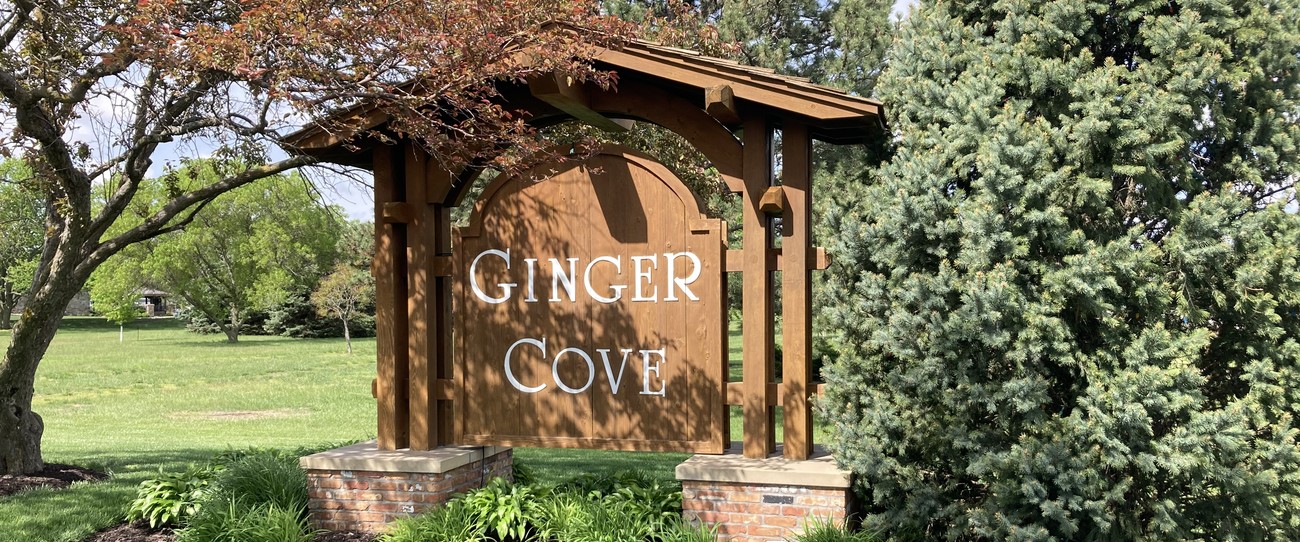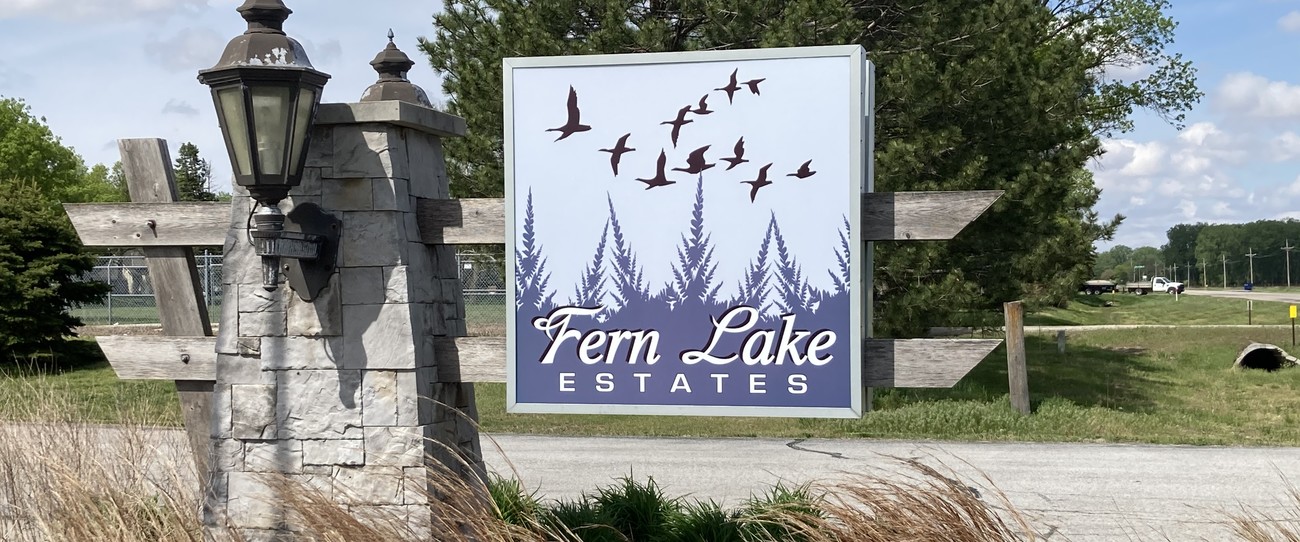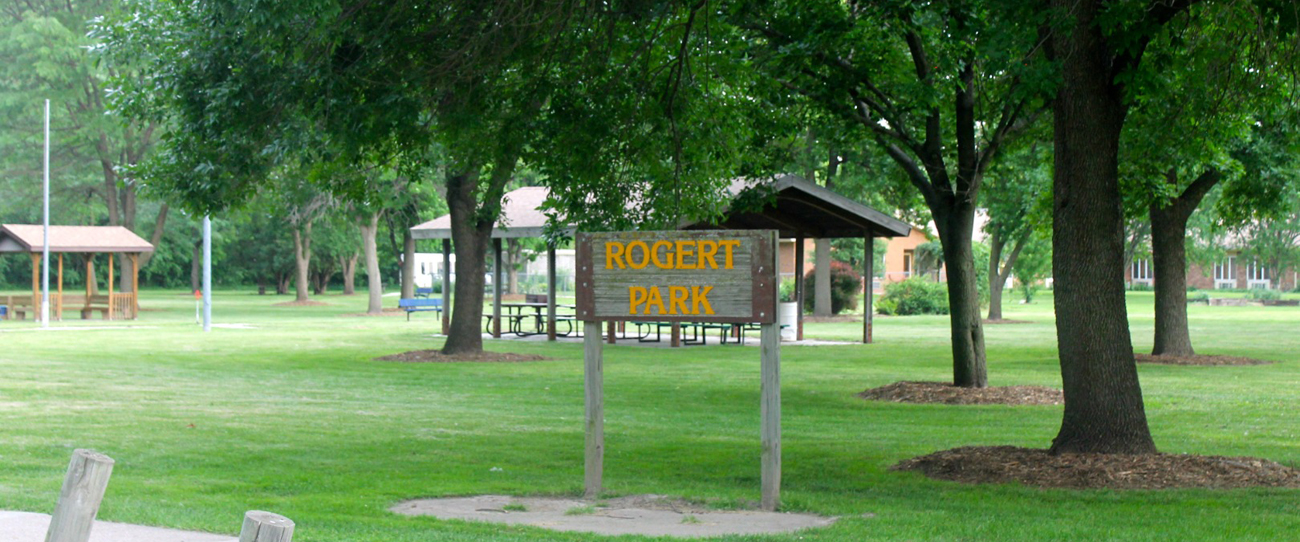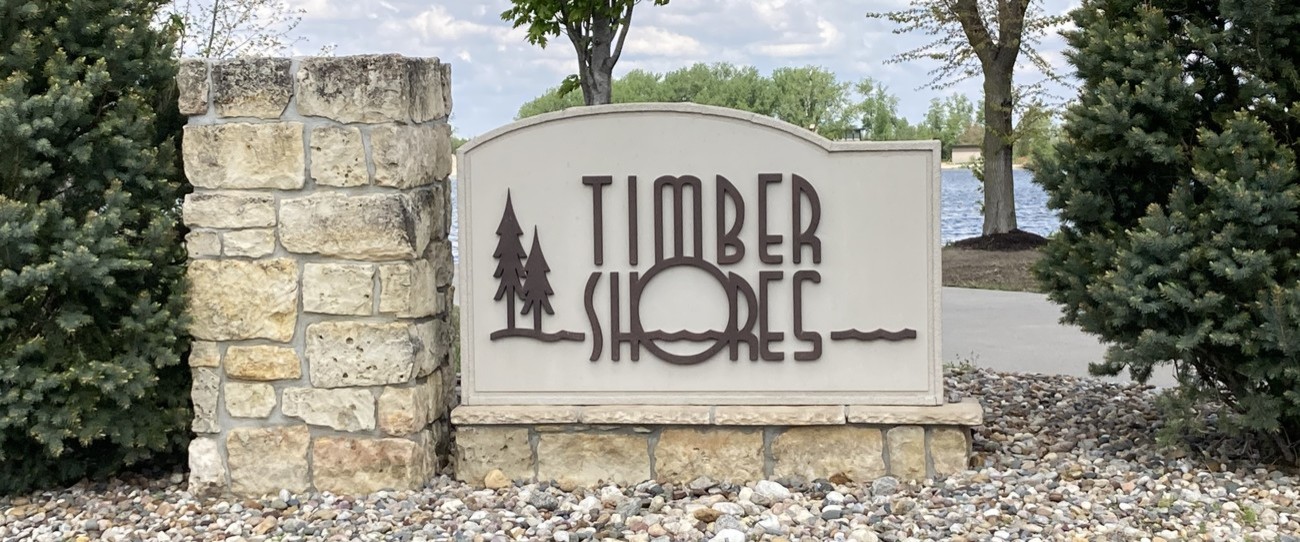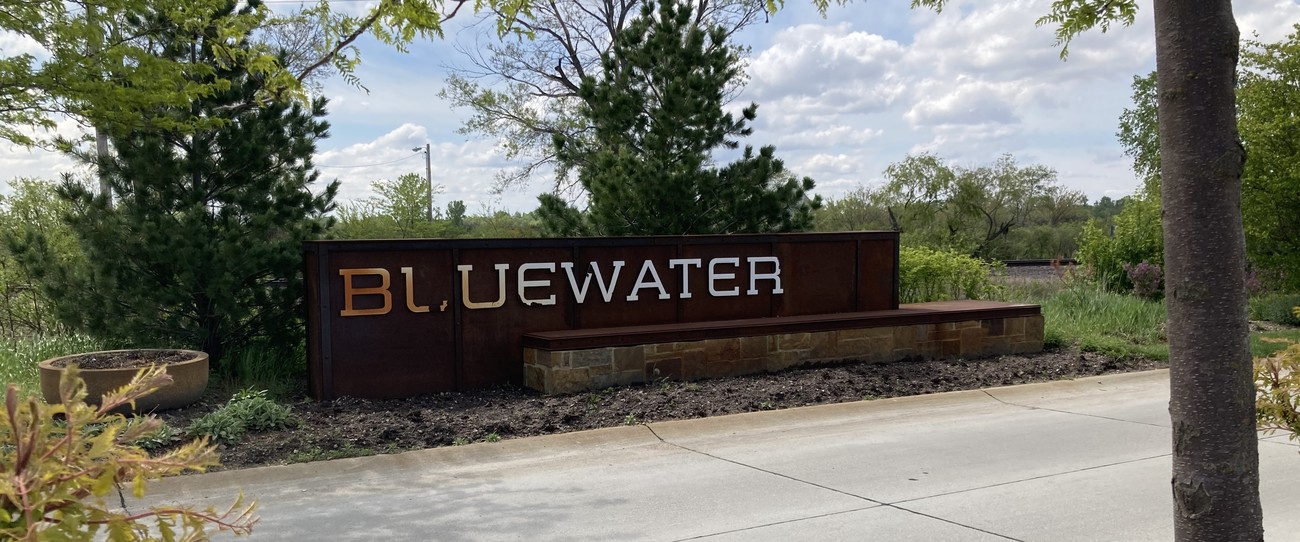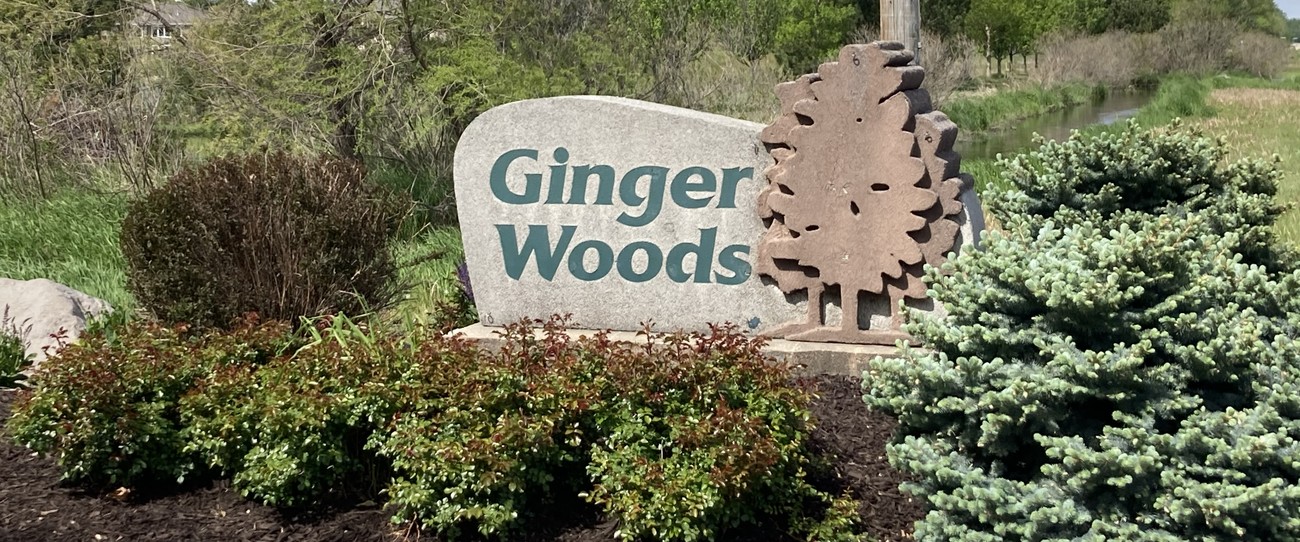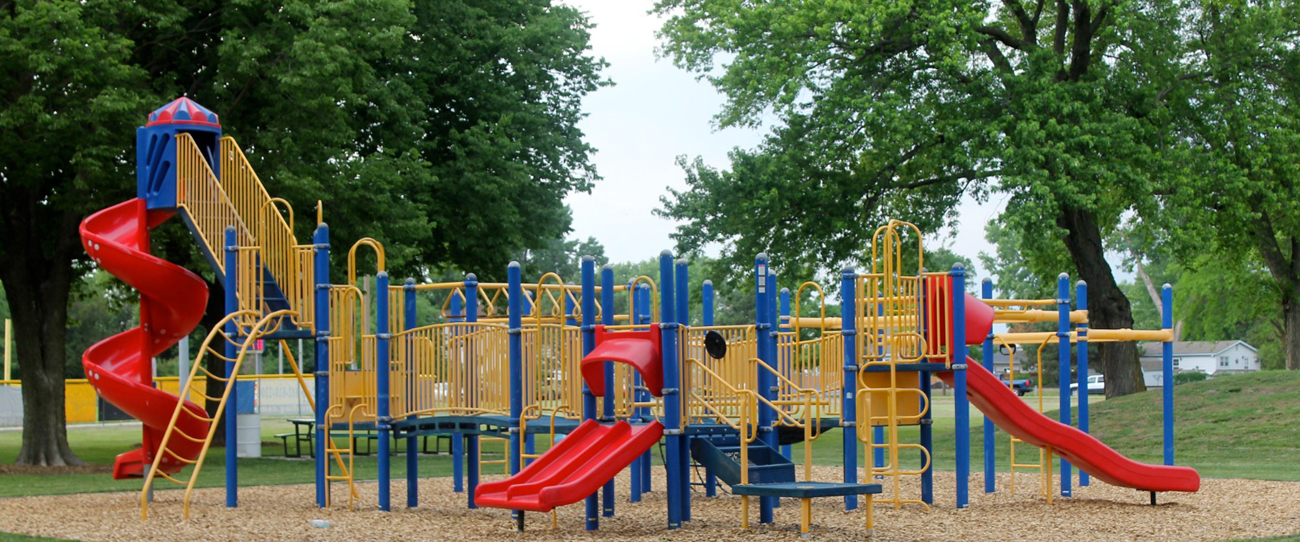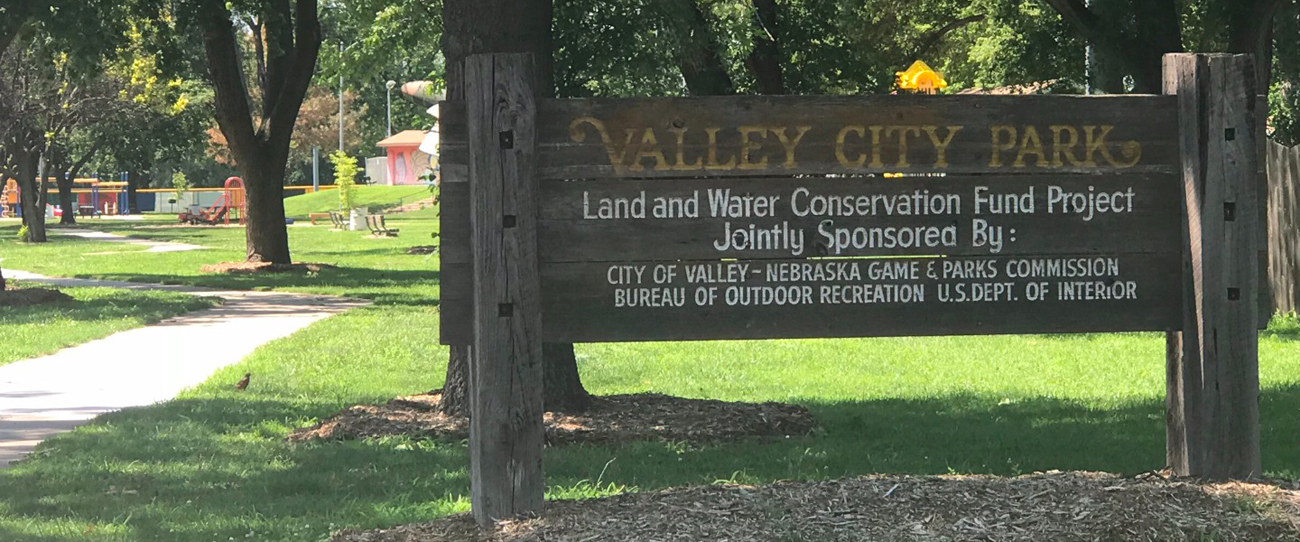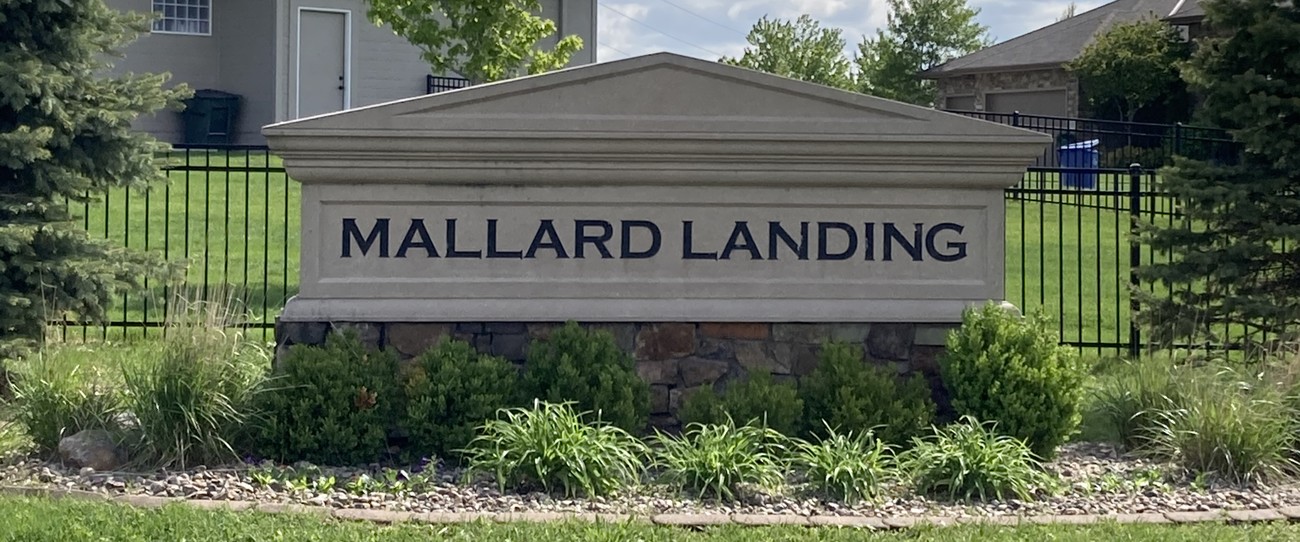Flood Plain Resources
Flood Information
Flood Hazard Areas
Flooding is possible along both the Platte and Elkhorn rivers, with some instances of groundwater flooding, especially in periods of substantial rain fall. Flooding along both rivers can be caused by excessive rain fall or other factors, such as early spring ice jams.
Past Substantial Flood Events in Valley
Two of the largest flood events in Valley were the Spring 2019 flood and the Flood of 1978. Information on whether your property is in the 100-year floodplain can be obtained by going to the FEMA Flood Map Service Center. We can also offer assistance with elevation certificates for new developments and help alleviate confusion over regulations for floodplain development.
Search your address to see if you are mapped within a floodplain: Property Search
You can track real time flood levels and follow the predicted crest height at these river gauges:
Platte River at Fremont | Platte River at Leshara | Elkhorn River at Waterloo | Elkhorn River near Winslow
Historic flood levels and flood impacts are also provided. Remember to Take Action! If a flood warning has been issued for the area and water levels are rising and additional storms are predicted, consider moving your vehicles to high ground and your valuables to higher floors in your home.
Flood Insurance
If you do not have flood insurance, talk to your insurance agent. Most homeowner’s insurance policies do not cover damage from floods. Flood insurance is only available to those participating communities in the National Flood Insurance Program (NFIP). Because of our floodplain management programs that attempt to protect us from the multiple flooding hazards, Valley is part of the NFIP and thus, residents are able to obtain flood insurance. Additionally, because the City of Valley participates in FEMA’s CRS program, flood insurance premiums are discounted.
There is a 30-day waiting period before flood insurance coverage becomes effective. Plan ahead; do not wait until a flood is predicted before purchasing flood insurance.
If you are building inside the floodplain, the purchase of flood insurance is mandatory if using a federally regulated insured bank for a loan. For more information on the National Flood Insurance Program, go to https://www.fema.gov/national-flood-insurance-program
Flood Safety
The following common sense guidelines can help protect you from the dangers of flooding:
Do not drive through a flooded area. More people drown in cars than anywhere else. Do not drive around barriers. 2 feet of water can float a vehicle.
TURN AROUND, DON’T DROWN!!
Here is a link to a fun Flood awareness video: Awareness video
Do not walk through flowing water. Six inches of water can knock you off your feet. Keep children away from flood waters, ditches, culverts and storm drains as small people can easily be sucked into culverts. Individuals can also be injured by debris or contaminants that have been picked up by the flood waters.
Stay away from power lines and electrical wires. If you know you are going to be flooded, shut the power off at the service box. Electrical current can travel through water. Electrocution is the 2nd leading cause of death during floods.
Be alert to gas leaks. Turn off the gas to your house before it floods. If you smell gas, report it to your gas company. Do not use candles, lanterns or open flames if you smell gas or are unsure if your gas has been shut off.
Do not use gas engines, such as generators, or charcoal fires indoors during power outages. Carbon monoxide exhaust can pose serious health hazards.
Clean everything that has been wet!! Due to contamination in floodwaters with sewage and other chemicals that pose a health threat, everything that has come in contact with floodwaters must be cleaned.
https://www.alarms.org/flood-survival-guide/
Property Protection Measures
If your property is susceptible to flooding, there are many flood damage reduction measures you can employ.
- Watertight seals can be applied to Brick and Block walls. This is to protect your home from low-level flooding.
- Utilities such as heating and air conditioning systems, water heaters and other major appliances can be elevated to higher floors in the structure or on raised platforms.
- Temporary measures such as moving furniture and other valuables to higher floors and sand bagging exterior openings will also help.
- Elevating or relocating the entire structure may also be a feasible option.
For additional retrofitting techniques, clink the link to FEMA’s Homeowner's Guide to Retrofitting here: Retrofitting Guide
For Flood Protection Information or additional Information, please contact the Building and Zoning office at buildinginspector@valleyne.org.
Floodplain Permit Requirements
All development within the 100-yr. floodplain (not just construction of buildings, filling, excavation, fences, etc.) is required to obtain a Floodplain Development Permit and possibly a Building Permit. Applications must be made prior to any of the above listed work. You can file for a permit here: Permit applications
Natural and Beneficial Functions
Floodplains play a valuable role in providing natural and beneficial functions to the Valley area. Floodplains that are relatively undisturbed provide a wide range of benefits to both human and natural systems. These benefits provide aesthetic pleasure as well as function to provide active processes such as filtering nutrients.
Parts of both the Platte and Elkhorn River floodplain are used as a means to filter farm chemical run-off so that these areas can maintain bio-diversity and ecosystem sustainability. Both enhance waterfowl, fish and other wildlife habitats and provide feeding/breeding grounds. And lastly, both floodplains provide natural erosion control and open space so further flooding damage does not occur.

